"I Want People to Lose Themselves in the Garden"
Interview with Piet Oudolf
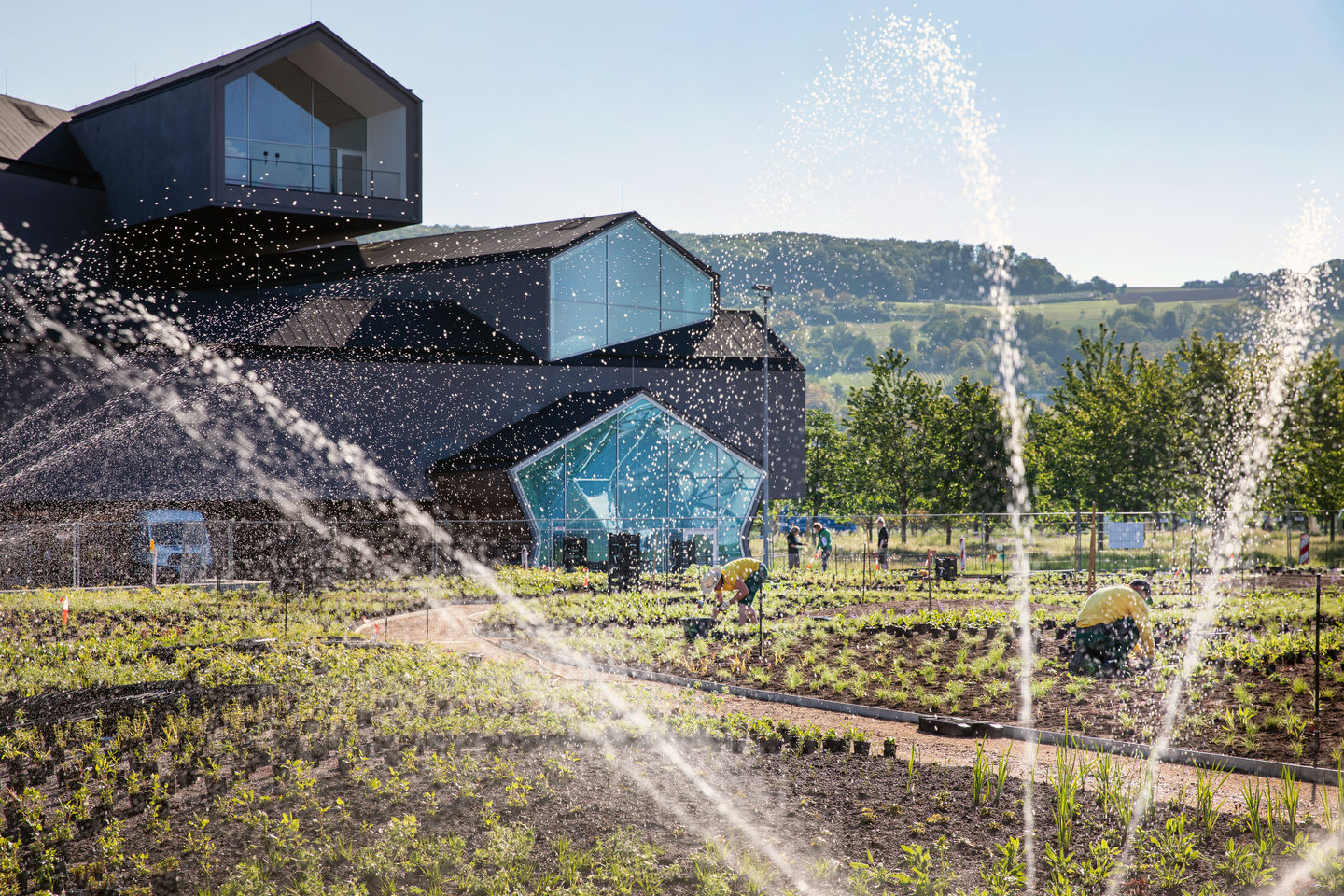
A new garden is taking shape in front of the VitraHaus, on the Vitra Campus in Weil am Rhein. It was planned by the Dutch garden designer Piet Oudolf, whose spontaneous and wild looking compositions of perennials and grasses have won him commissions all over the world, including the landscaping of the High Line park in New York.
Piet Oudolf, today we were supposed to be wearing rubber boots and walking across a meadow together. Instead, we are both sitting in front of our computer screens. Are you at least spending more time than usual in your garden at home during these quite unusual weeks?
I’m working exclusively from home at the moment and am always surrounded by the garden, so in this respect, yes. I would actually like to go outside more, but we have too much to do. I’m currently organising my designs and drawings from the last 40 years so I can archive them. I’ve spent more than three weeks getting everything scanned.Aside from that, you surely have a number of active projects going on. What’s the situation there?
They are at very different stages. Some are far enough along that the plants have already been put in the ground. Then there are others, such as in Detroit, where the planting hasn’t started yet. I’m unfortunately not able to oversee these in person at the moment, but I’m happy to have a good network of people that I trust and who have the knowledge to understand and implement my plans. They not only need to interpret the plans correctly, but also to be able to recognise the many different plants at a very young stage. When they’re just coming out of the pot, they’re not really showing yet. Only specialists are capable of this, and they’re not found on every corner.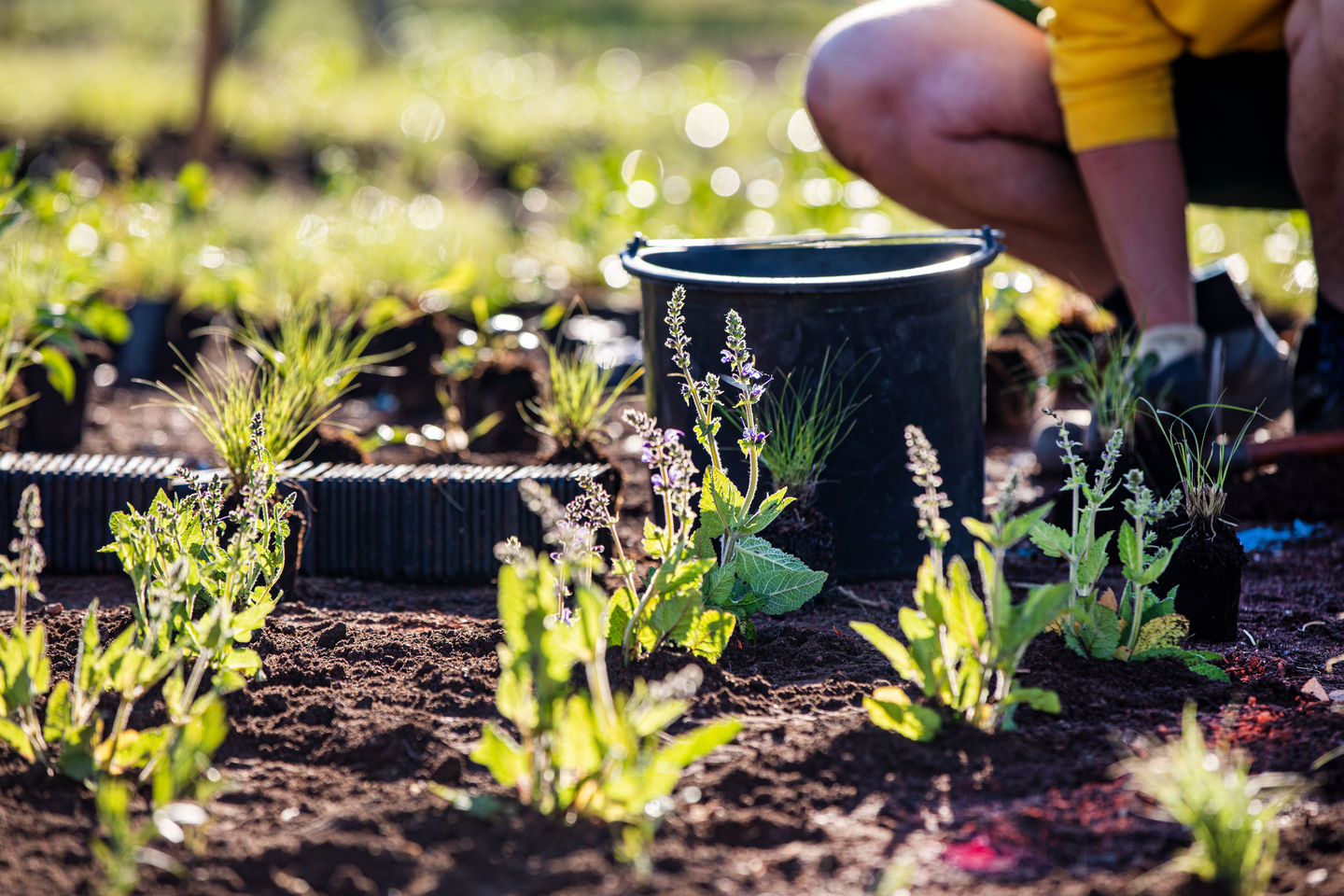
In Weil am Rhein, the first plants are going in the ground over the coming weeks. Can you tell us how the garden will look next spring?
We won't have to wait that long. Although it’s a so-called ‘Perennial Garden’ – a garden that comes back year after year – we’re using plants that grow and mature quickly. If we plant it now and the weather cooperates, the garden will already look good in September.What about the design features of the garden?
I had numerous discussions with Rolf Fehlbaum and others at Vitra to give them an understanding of various design aspects that typify my work. We agreed that we wanted to create three or four different planted zones, each offering a distinct sensual experience. I also want people to lose themselves in the garden instead of just passing through it. That’s why I developed a system of small paths, without straight lines or a focal point at the end. You go around the corner, see a different perspective and can make a decision. Do you go to the right or to the left?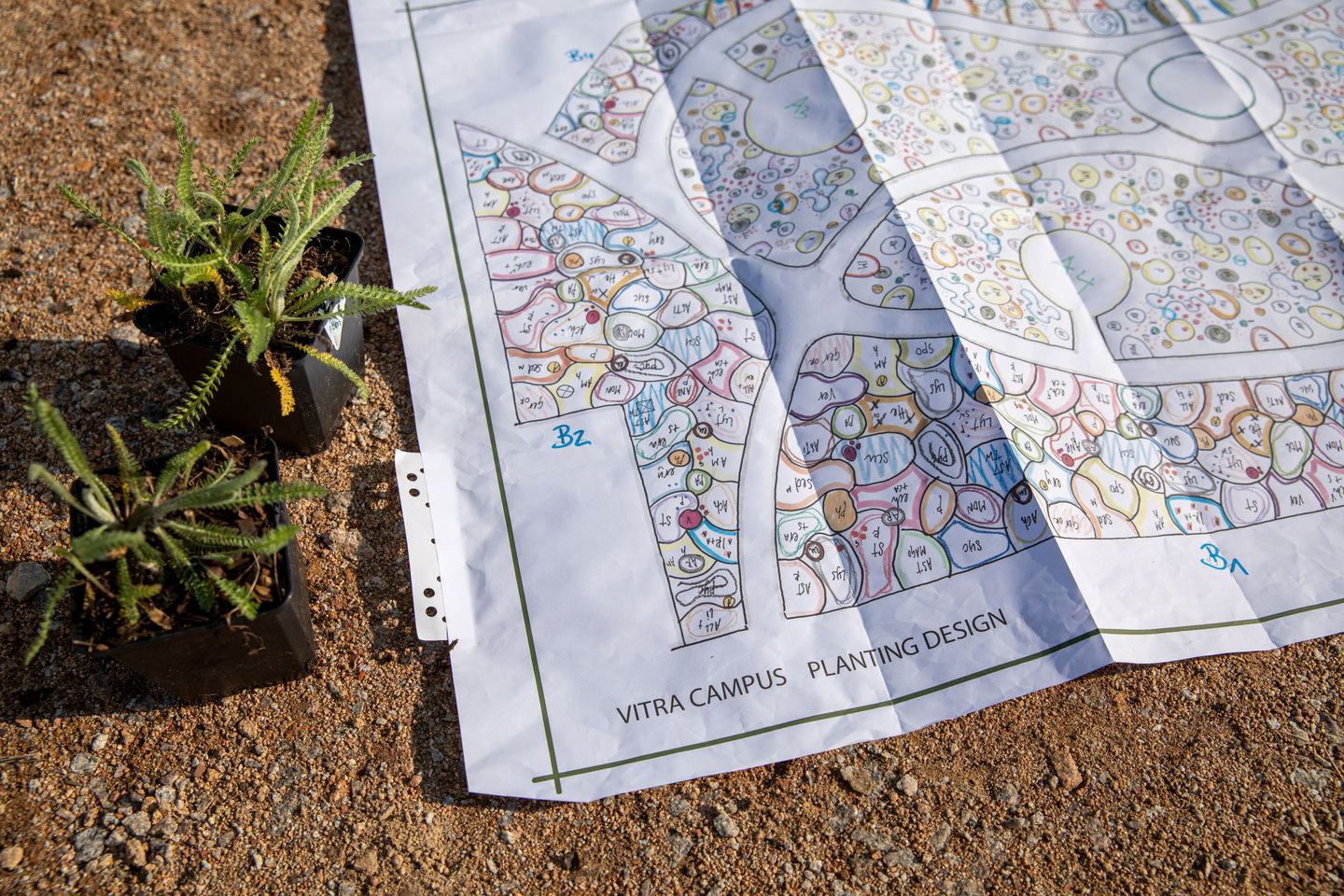
That almost sounds like one of those well-manicured mazes from the Baroque era. But considering your projects, such as the High Line in New York or the gardens at Hauser & Wirth Somerset, it will probably end up looking like a piece of wilderness.
At least what many people think of as wilderness. Wilderness is often glorified into a highly romanticised ideal. I try to turn these fantasies into reality. But my gardens are actually not wild at all. On the plans, you can see exactly where I have put every single plant. Everything is precisely composed.How do you create such a wilderness?
We don’t need too many built structures because it’s all about the plants. They are the centre of attention. In Weil am Rhein, we’re using around 30,000. But these are not wild plants, like the ones promoted by the advocates of wild gardening back in the 1960s. Those were too wild and competitive. In the end, you were left with two or three plants that took over the garden and you couldn’t get rid of them. More than 30 years ago, a small group of people, including my wife and myself and our friend Henk Gerritsen, instead started to introduce plants that were underappreciated or had never been viewed as garden plants. Grasses, for example, that we knew from the meadows, but which no one put in their gardens before the 1980s. They look wild, but know how to behave.
What do you mean?
Each plant has its particular strengths and its place in the garden, but shouldn’t restrict the others too much. Otherwise the balance in a garden will be disturbed. It’s very important that the different plants work well together. Like in a community, or an ensemble of stage players. You can put them together in different roles. Each one ‘performs’ in its own way, but in the end an interesting play needs to emerge from it.Listening to you, I get the impression that you’re talking about people.
Perhaps I see more in plants than others do. When I look at them, I recognise characters with a kind of soul, independent personalities with a unique appearance and behaviour. I make use of these distinctions and put them together in specific compositions. For example, to provide a sensual experience in the garden all year round, I always try to find a balance between plants that are flowering and those that might be reduced to a seed head or skeleton.Speaking of balance: on the Vitra Campus, you have these striking works of cosmopolitan architecture amidst a quiet, tranquil setting. To what extent does your garden respond to this situation?
I see the garden here neither as a contrast to the architecture nor as something that panders to the surroundings or vice versa. It is complementary in every respect. It is important to me to use the plants to draw attention from the open sky down to the ground, and thus to open up new perspectives – including on the surrounding buildings.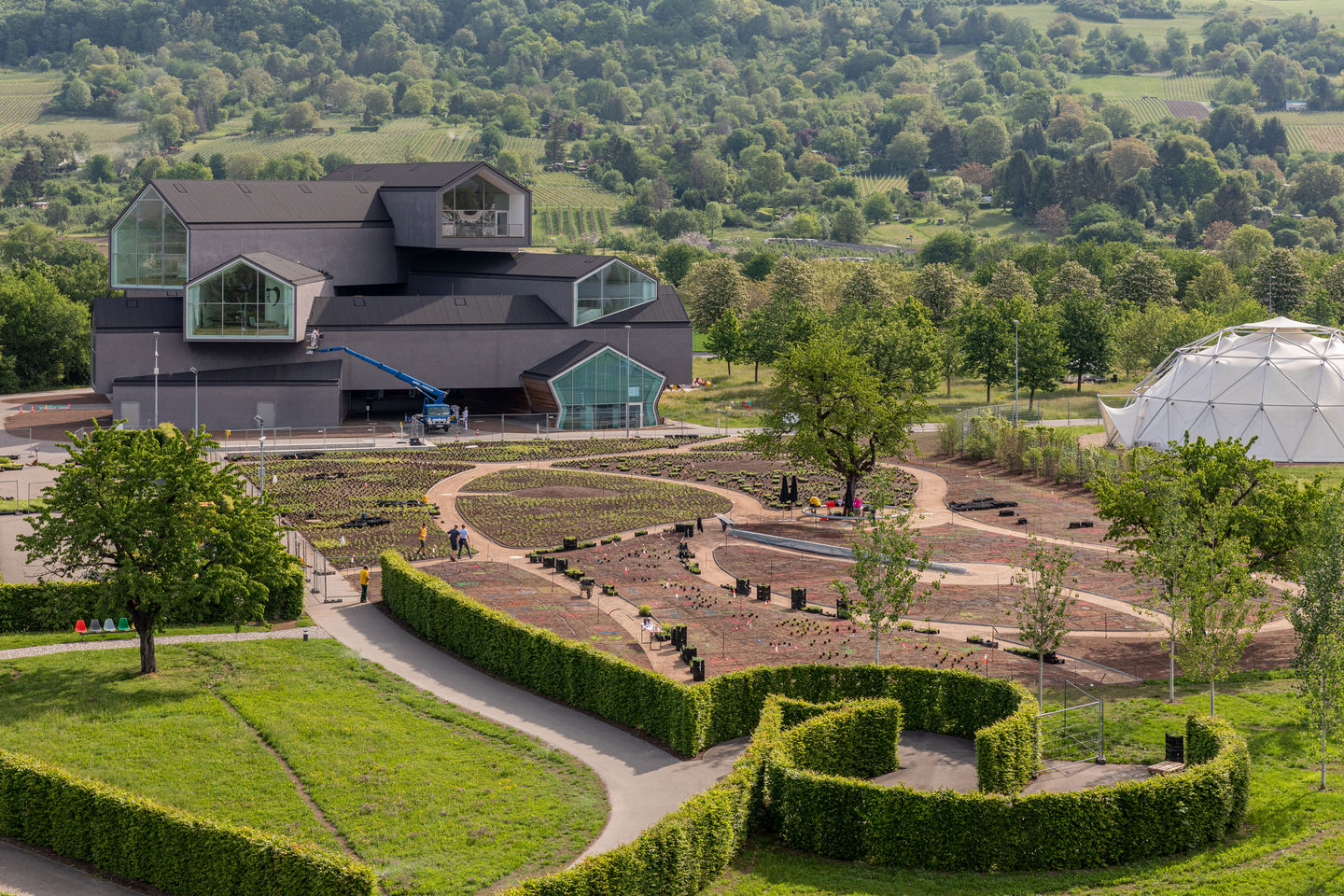
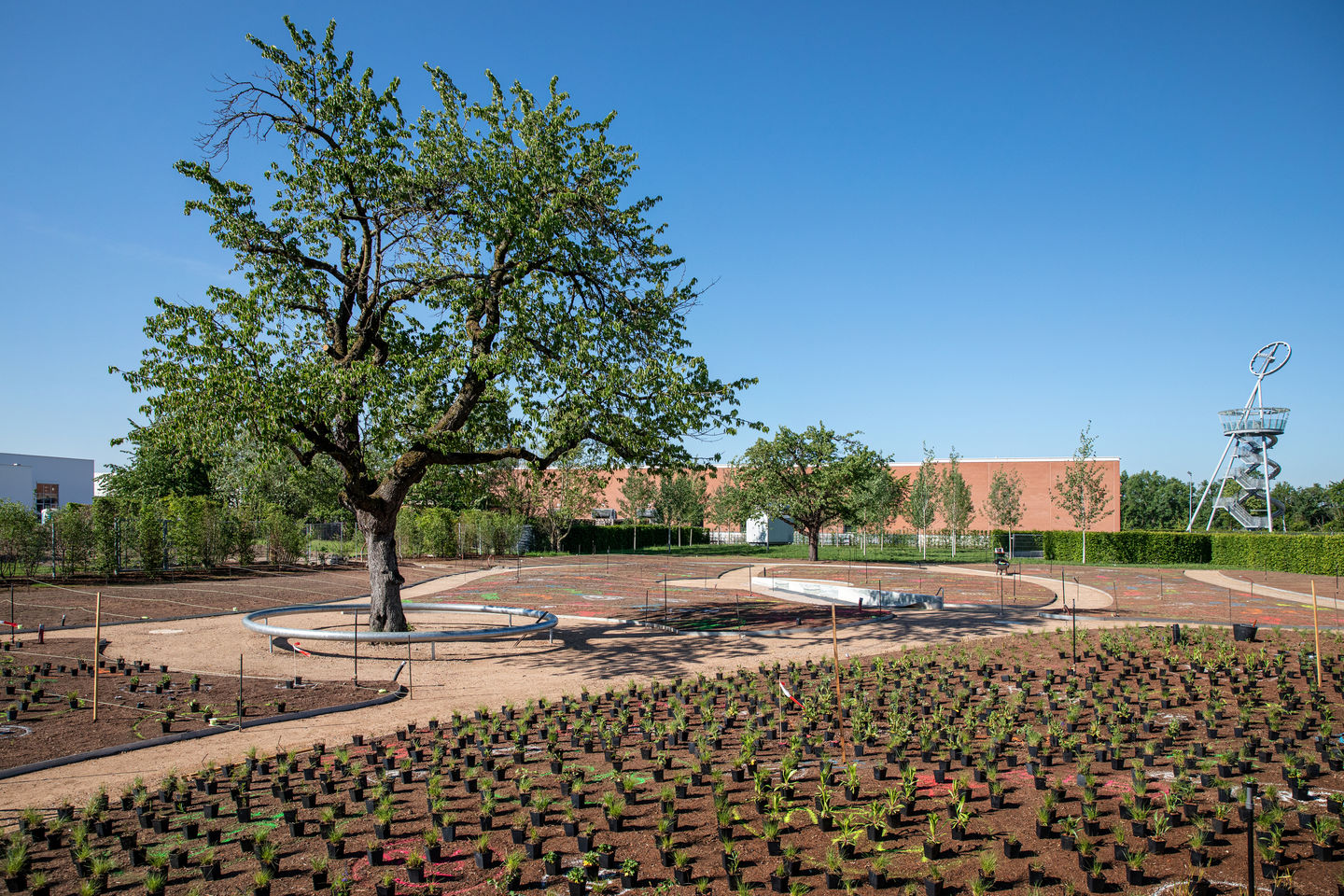
Do you prefer to work in urban areas or in the countryside?
They each have their own charm. Somerset is in the middle of the countryside and works well. But my work usually has a much stronger impact in cities. On the one hand, because there’s more of a contrast with the surroundings, and on the other, because I usually create urban projects in public spaces, where they are viewed by many more people. I like that. It’s like art. You don’t want to hide it. You want to have it in a museum, not in a private home.Over the years, your own garden in Hummelo has attracted many people to the Dutch countryside.
True, but outside my own garden, I’m forced to deal with a completely different set of conditions, wishes and interests, as well as restrictions. This challenges and inspires me. Each new project is a playground for me. If I can implement it in a place where millions of people will pass by, all the better.Why is that?
It’s very important to me that people don’t just see my gardens in pictures, but that they can experience the same thing that happens to me when I walk through a garden. I’m interested in the feelings that are triggered. I react very emotionally to plants, even more so than usual at the moment. This morning I was outside and was deeply moved by what I saw. This sensitivity might also be the reason why I can work so well with plants. From the very beginning, I have seen plants as a means of expressing myself and bringing out strong emotions in other people.Does that make you an artist? If one believes your admirers, such as the gallery owner Iwan Wirth or the curator Hans Ulrich Obrist, then you certainly are.
I leave it to others to say what I am. For some people, I’m just a gardener, while others think my work is art. There are certainly some parallels to art. I work with ideas and points of view, aesthetics, emotions, the way something affects the mind and touches people. But then again, I make something that is so fluid, so changeable. My work is never finished, but is always just the beginning of something. It’s not making a painting and putting it on the wall. It’s making a painting and letting it grow and decay.But there are more and more people who want to have one, despite the fleeting nature of your ‘paintings’. Does that surprise you?
Sometimes I wonder why I get so much attention and how it happened that I’ve been able to achieve everything I’d dreamed of. It’s certainly to my advantage that I’m doing something that is relevant to the time we live in. Just think of the popularity of urban gardening or sustainably managed farms. Today people are forced to think differently about our environment. My years of experience help me here. Back in the 1980s, I dreamed of gardens that were less decorative and labour-intensive, but more resource-efficient, wild and emotionally poignant. Gardens in which plants that are out of flower wouldn’t be instantly torn out, and where there would also be room for things that don’t correspond to conventional ideals of beauty.Was there also a political message behind it, a call for more sustainability?
It wasn’t really a deliberate appeal for environmental protection, even if it appears that way in retrospect. Even today, I don’t want to tell people how to act. But if I can inspire an enthusiasm for plants through my work, of course I’m pleased. I rely more on inspiration than confrontation. Over the last 30 years, I’ve tried to offer an alternative to traditional landscape gardening and hopefully my projects and publications have contributed to the way people think about gardens today.In this light, your success doesn’t come as a surprise. In fact, it’s a logical outcome of the path you’ve taken.
Yes, there’s some truth to that. But not everything was planned. I’ve come a very long way from my parents’ bar and restaurant to various odd jobs, and then switching to gardening when I was 25. Before that, I never had any idea about plants. In 1982 my wife and I started a nursery out of financial necessity, which would go on to become famous – but I did not receive my first public commission as a garden designer until 1996. So I didn’t start with big ideas but with hard work. Maybe this is one of the reasons why it’s sometimes difficult for me to call myself an artist.
One thing that definitely sets you apart from other artists is your openness when it comes to interventions in your work. At some point, you have to leave your gardens to those who will cultivate them. How easy is that for you?
I always oversee a garden until it reaches a certain maturity, and I typically have an image in mind of what it will look like in a few years. But I’m also aware that it constantly evolves. Plants grow and some will disappear, while others have to be changed. A garden is not a self-contained work. If I entrust the upkeep to people who basically share my idea of a garden, I can easily live with interventions and changes. After all, one day I’ll be out of the picture, but my gardens will live on. I have had good experiences with people who love their profession and have a deep affection for plants. I would even say that my most successful projects were made successful by the gardeners who took care of them.Publication date: 20.5.2020
Author: David Streiff Corti
Images: © Dejan Jovanovic


